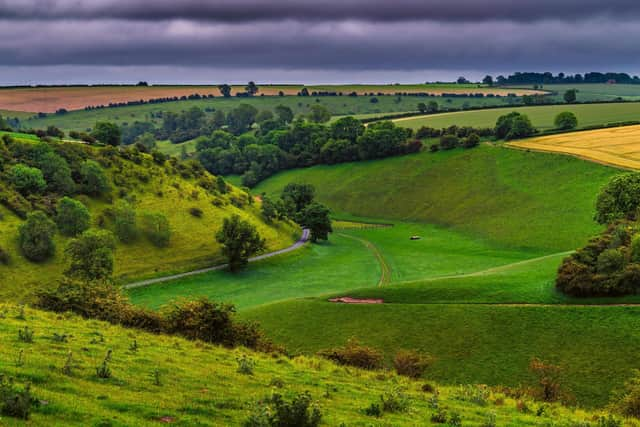East Riding councillors welcome Government lifting threat to historic paths
Under the Labour Government’s Countryside and Rights of Way Act (2000) all PROW which were established before 1949, but not formally identified and registered on council definitive maps, would have been lost forever.
Campaigners estimated it would mean more than 41,000 miles of paths nationally being lost, including more than 600 in the East Riding.
Advertisement
Hide AdAdvertisement
Hide AdCouncillors Leo Hammond and Mike Stathers got the backing of full council to join other councils and the Ramblers Association in opposing the move.


Coun Hammond said it was good to see the Govenment listening and “protecting a vital part of our rural culture and heritage so that it can continue to be enjoyed by future generations”.
The Ramblers said the decision would allow them, with the help of their volunteers, to ensure the “most important and useful paths” are added to maps.
They said: “Once legally recorded as rights of way, and added to the definitive map, paths are protected under the law for people to use and enjoy forever.
Advertisement
Hide AdAdvertisement
Hide Ad“If successfully claimed the missing paths will have the potential to increase the path network in England and Wales by up to a third, enabling the creation of new and better walking routes, so more of us can easily enjoy nature on foot.”
The Department for Environment, Food and Rural Affairs confirmed it was repealing the 2026 cut-off date to allow more time for paths to be identified and added to the public rights of way network.
The move would also provide the “right to apply” for landowners to divert or extinguish rights of way in certain circumstances.